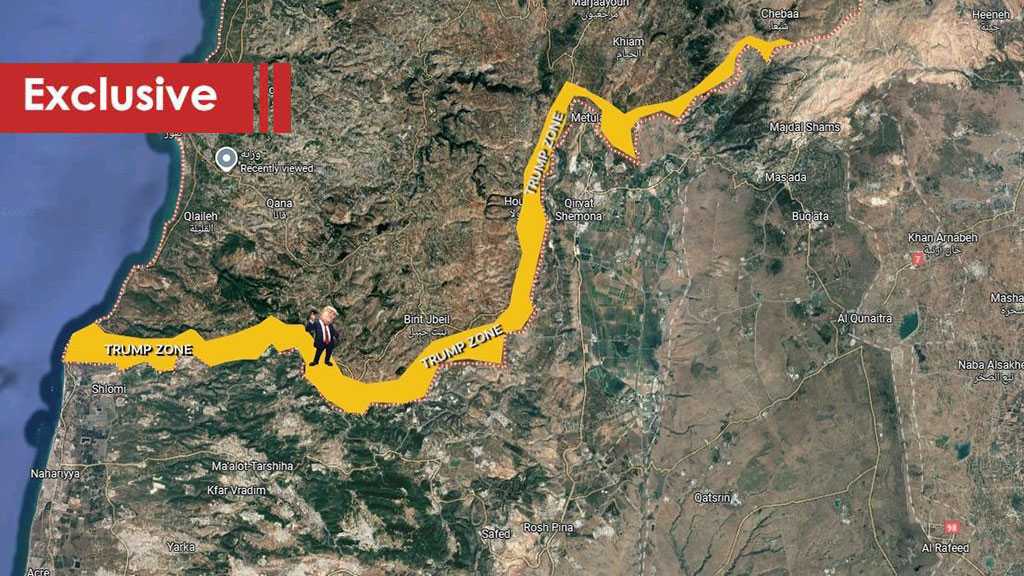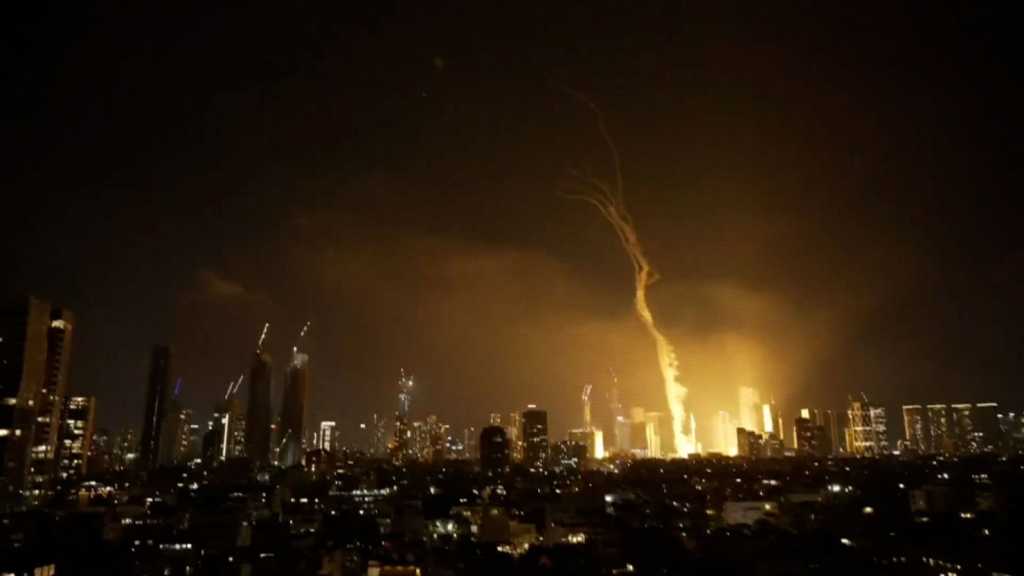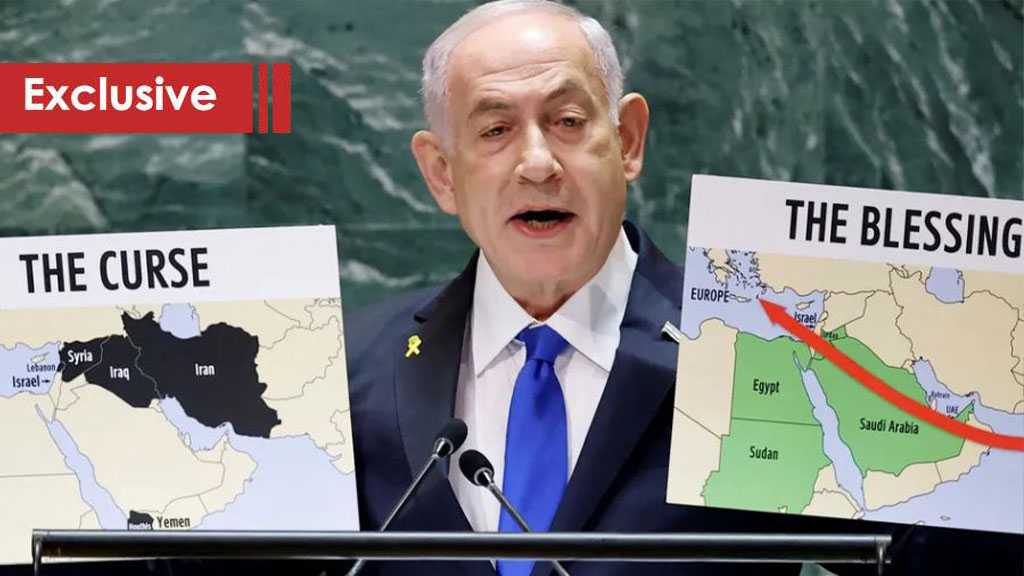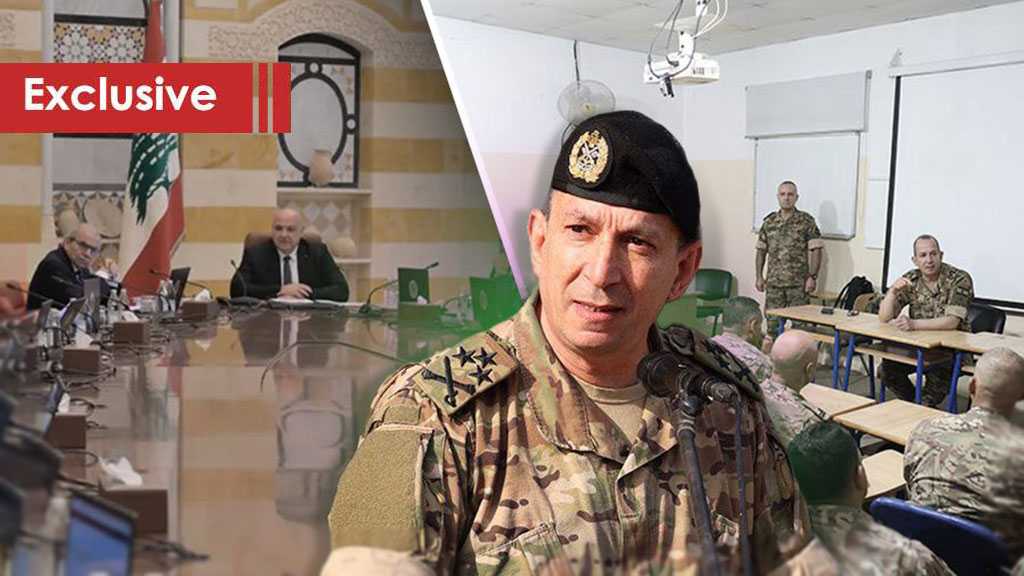
The “Trump Economic Zone” in South Lebanon: Development or Occupation?

By Mohamad Hammoud
When Axios revealed that the United States was pushing for a “Trump Economic Zone” in southern Lebanon, the news carried an air of surrealism. Lebanon, still reeling from economic collapse and political dysfunction after repeated wars with “Israel,” was suddenly presented with a grand American plan: disarm Hezbollah, reduce “Israeli” raids, and attract Gulf money to rebuild the South under Trump’s banner. Supporters framed it as a path to stability and prosperity. But beneath the glossy language of “development zones” lies a troubling reality: the project is less about empowering Lebanese communities than about cementing “Israel’s” security and stripping Lebanon of sovereignty.
Disarmament and Diplomacy
The plan emerged as the Lebanese government announced its intent to disarm Hezbollah by the end of 2025. Washington seized the moment to package disarmament with promises of economic aid. Reports suggest “Israel” was asked to scale back “non-urgent” airstrikes and withdraw from one of five southern outposts in exchange for Lebanese progress on curbing Hezbollah.
This is framed as pragmatic—less violence, more investment. But it is not Lebanese development. It is a geopolitical bargain, drafted in Washington, negotiated in Paris, and tailored to “Israeli” security. The South’s people were never asked whether they wanted their land turned into a bargaining chip.
Occupation by Another Name
For decades, the South has endured “Israel’s” invasions, occupations, airstrikes, and economic strangulation. Villages from Bint Jbeil to Tyre have been flattened repeatedly, only to be rebuilt through local resilience and diaspora support. Rather than addressing the root cause—the ongoing “Israeli” violations of Lebanese sovereignty—the “Trump Economic Zone” risks creating a new form of dependency. If Hezbollah is forced to disarm while “Israeli” troops withdraw only partially, the South could become a “buffer zone” controlled by outsiders.
This is not new. It mirrors the “security belt” “Israel” imposed in the 1980s and 1990s, only rebranded with the language of business parks and Gulf investment. At its core, the plan seeks to pacify the South for “Israel’s” comfort, not to liberate it.
The central aim of the plan is to provide reassurance to "Israel." Washington hopes to disarm Hezbollah without further conflict by linking aid to disarmament. The argument suggests that a prosperous South would discourage Hezbollah from rearming and lessen rocket attacks against “Israel”. This project also presents an opportunity for Saudi Arabia and Qatar to fund reconstruction, expand their regional influence, and gain political favor with Washington. Further, by labeling it the “Trump Economic Zone”, the president can associate himself with a Middle Eastern initiative, while the South is essentially treated as a testing ground for foreign ventures rather than a community.
The People of the South
For ordinary residents—farmers, shopkeepers, students, and families who have endured decades of bombardment—the question is simple: who benefits? Money might rebuild schools and roads, Gulf projects might offer jobs—but history warns otherwise. Aid in Lebanon has too often been stolen, squandered, or manipulated by elites.
More dangerously, the entire bargain rests on disarmament. Hezbollah remains the only deterrent to “Israeli” incursions. Demanding its surrender in exchange for dollars is not peace but blackmail. Development cannot mean stripping away defense while “Israel” maintains overwhelming power.
And above all, the South has shown its will. These are the people who forced “Israel” to withdraw in 2000 and who withstood its assault in 2006. They would rather live in hardship with dignity than enjoy luxury under occupation. Any plan that ignores this history does not just misunderstand the South—it insults it.
Sovereignty and Critique
The deeper problem is sovereignty. The plan reduces Lebanon to a bargaining chip, with decisions dictated in Washington, Paris and Tel Aviv while the South is treated as a testing ground for foreign schemes. Around the world, “special economic zones” have brought exploitation masked as development. In fragile states, they enrich elites and foreign corporations while ordinary people remain excluded. The so-called Trump Economic Zone is no different. It is not progress but another mechanism of control—an enclave of foreign power imposed on the South and severed from its people.
Conclusion
The “Trump Economic Zone” is not a gift. It is a political maneuver for “Israel’s” security and America’s theater. To the people of the South, it offers promises of wealth but demands surrender— weapons, sovereignty, and dignity. True development cannot be imported, branded, or dictated by foreign capitals. It must emerge from the aspirations, struggles, and resilience of the Lebanese people themselves.
When the South looks back on 2000 and 2006, it remembers victories won through courage, sacrifice, and the refusal to bow to occupation. Any plan that prioritizes wealth over dignity will fail before it begins. The South does not need gilded corridors under foreign control; it requires respect for its sovereignty, recognition of its Resistance and the chance to live with the dignity it fought for and earned.


